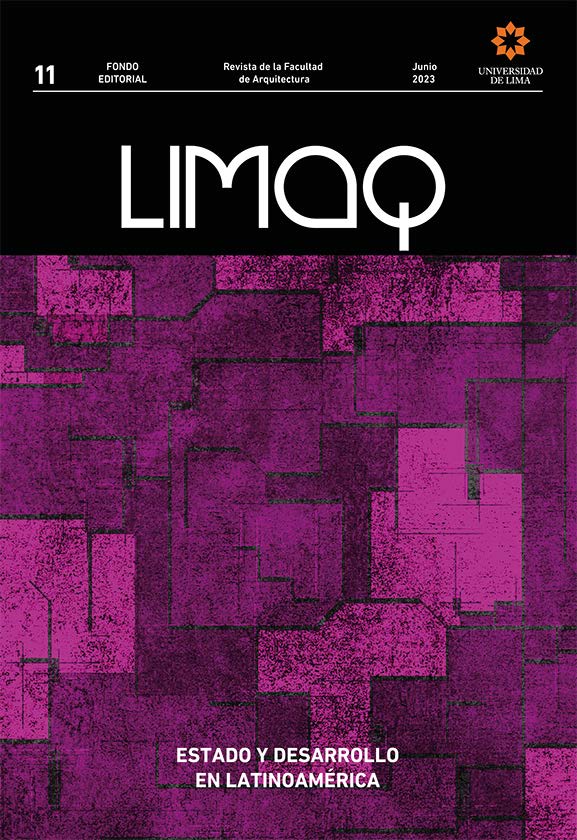Learning from nature. A biodigital strategy for sustainable architecture
DOI:
https://doi.org/10.26439/limaq2023.n011.5764Keywords:
biodigital design, sustainable architecture, biological architecture, nature, biolearning, biodigitalAbstract
Throughout history, man has turned to biology to solve his design problems. Today, we face a new stage in design that demands that we take care of nature and its non-renewable resources. From this standpoint, this work conducts an interdisciplinary investigation aimed to identify and classify the concepts that define environmentally friendly architectural projects. It studies paradigmatic cases that position biology and digital systems as a reference barycenter, and that analyzes their application in the field of design. Based on several examples, we attempt to verify results that demonstrate that we stand before a spirit of overcoming, a bio-learning that contributes to the benefit and development of a more human environment. A new design model to conceive architecture in its relationship with nature.
Downloads
References
Estévez, A. T. (2020a). La naturaleza es la solución. En D. V. Di Bella & T. Irwin (Eds.), Cuadernos del Centro de Estudios de Diseño y Comunicación, 105, 165-193.
Estévez, A. T. (2020b). Arquitectura biodigital y genética: adecuación, relevancia y compromiso. En I. Hernández García, R. Niño Bernal & Jaime Hernández García (Eds.), Paisajes artificiales: virtuales, informales, edificados (pp. 103-123). Pontificia Universidad Javeriana.
Estévez, A. T. (2021a). A pesar de todo, dicho en el vacío es más.... En D. V. Di Bella (Ed.), Cuadernos del Centro de Estudios de Diseño y Comunicación, 132, 181-199.
Estévez, A. T., (2021b). Biodigital Architecture & Genetics: Writings 2 / Escritos II. iBAG-UIC Barcelona, p. 34.
Fraile, M., Minafro, M., & Piantanida, S. (2016). Arquitectura siglo XXI: el uso de modelos paramétricos digitales para la ideación del proyecto contemporáneo. [Ponencia]. XXX Jornadas de Investigación, XII Encuentro Regional SI+ Configuraciones, acciones y relatos. FADU.UBA.
Fraile, M., Minafro, M., & Tatangeli, D. (2014). Modelos paramétricos digitales. Una herramienta proyectual para la generación de una arquitectura de alta “perfomance”. [Ponencia]. XXVIII Jornadas de Investigación, X Encuentro Regional SI+ RED. FADU.UBA.
Iwamoto, L. (2011). Line Array, Protocells a Dynamic Structure. AD Protocell Architecture, 81(2), marzo-abril, 112-121.
Lynn, G. (2005). Organic Algorithms in Architecture. TED2005 | February 2005. https://www.ted.com/talks/greg_lynn_organic_algorithms_in_architecture
Oxman, N. (2015). Design at the Intersection of Technology and Biology. TED2015 | March 2015. https://www.ted.com/talks/neri_oxman_design_at_the_ intersection_of_technology_and_biology#t-84077
Picon, A. (2004). Arquitecture and the Virtual. Towards a New Materiality. Praxis, 6, 114-121.
Young, D. (1998). El descubrimiento de la evolución. Ediciones del Serbal.



